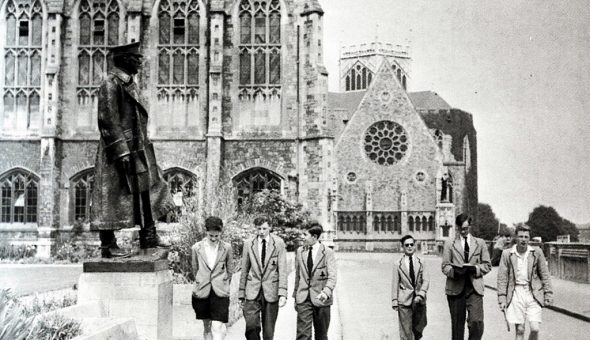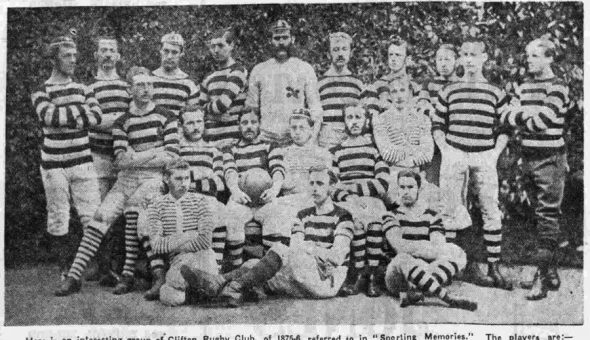The College’s 150-year heritage is evidence of its ethos and achievements. Clifton has a unique story amongst leading public schools which explains the character and achievements of today’s Cliftonians.
Clifton was founded and led by Dr John Percival, a visionary, intellectual Head Master who believed in science, the education of women and racial tolerance. He was a Victorian ahead of his time; he aimed to produce “children of varied but definite character” and built a school where the teaching, library and chapel were central to our private school.
His curriculum and activities outside the classroom developed young people who were confident without arrogance and had a sense of responsibility towards others; characteristics which remain today.
The buildings have a rich history of their own, from the famous architects who designed them to the people who occupied them. In the 1880s, the provision of education for Jewish pupils fostered cultural understanding, whilst in the 1940s, occupation by the US Army meant the pupils had to be evacuated to Cornwall, producing a modern, focused outlook amongst the pupils and staff.
This ensured the next generation was well-equipped to handle the social changes in the 1960s, when many equivalent schools struggled. These unique events ensured an easy transition into co-education in the 1980s.
Individuals throughout the College’s history have made their names and changed the way society operated. Old Cliftonians who have gone on to become household names include actors Trevor Howard, Sir Michael Redgrave and Simon Russell-Beale, comedian John Cleese, inventor of the Belisha Beacon Leslie Hore-Belisha, General Douglas Haig, journalist John Inverdale and GB Hockey player Lily Owsley, whose team won gold in the 2016 Olympic Games.
Former pupils also include three Nobel Prize winners: Sir John Kendrew, who received the Nobel Prize in Chemistry in 1962; Sir John Hicks, winner of the 1972 Nobel Prize in Economics; and Sir Nevill Francis Mott, who received the Nobel Prize in Physics in 1977.


